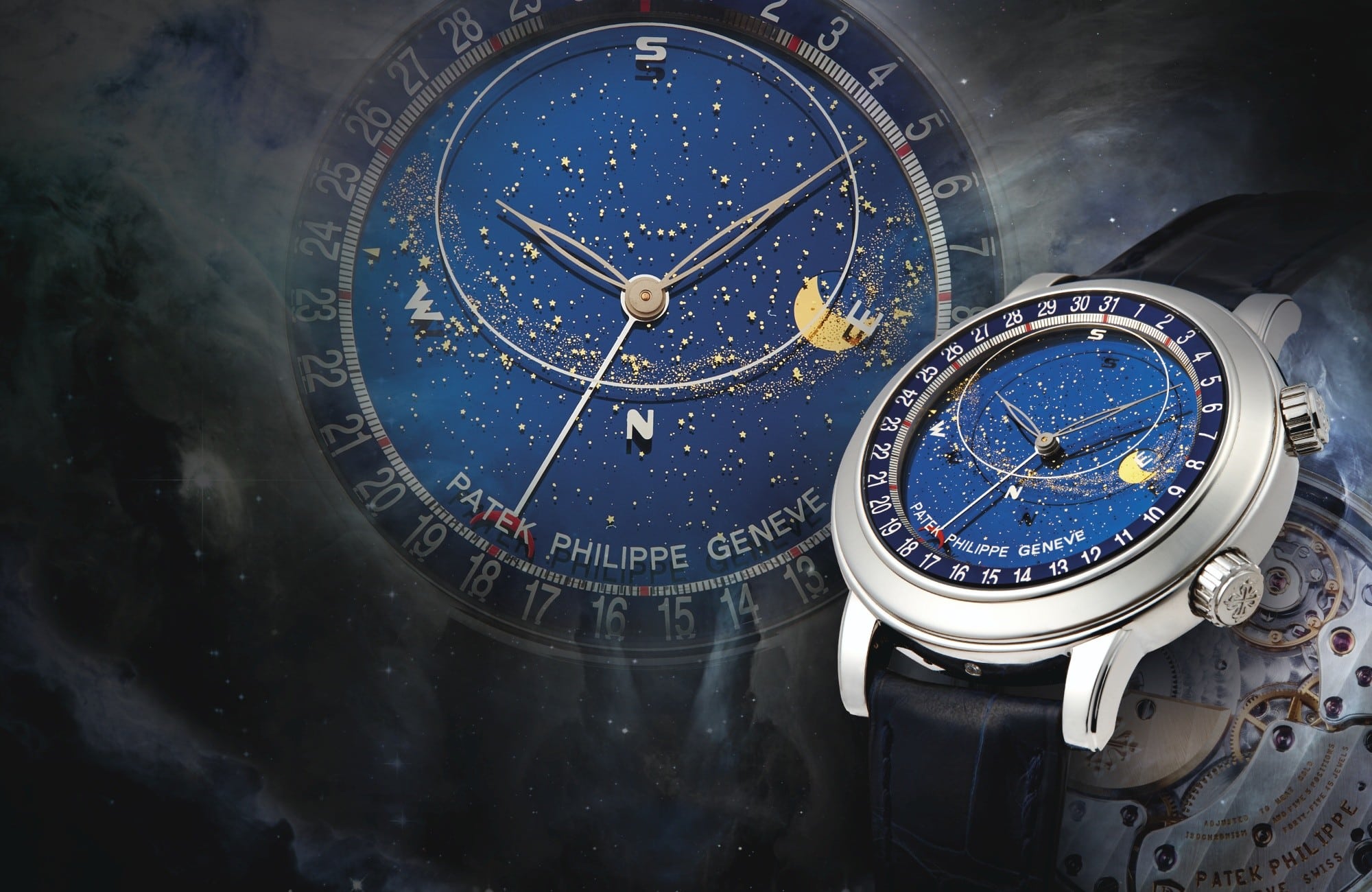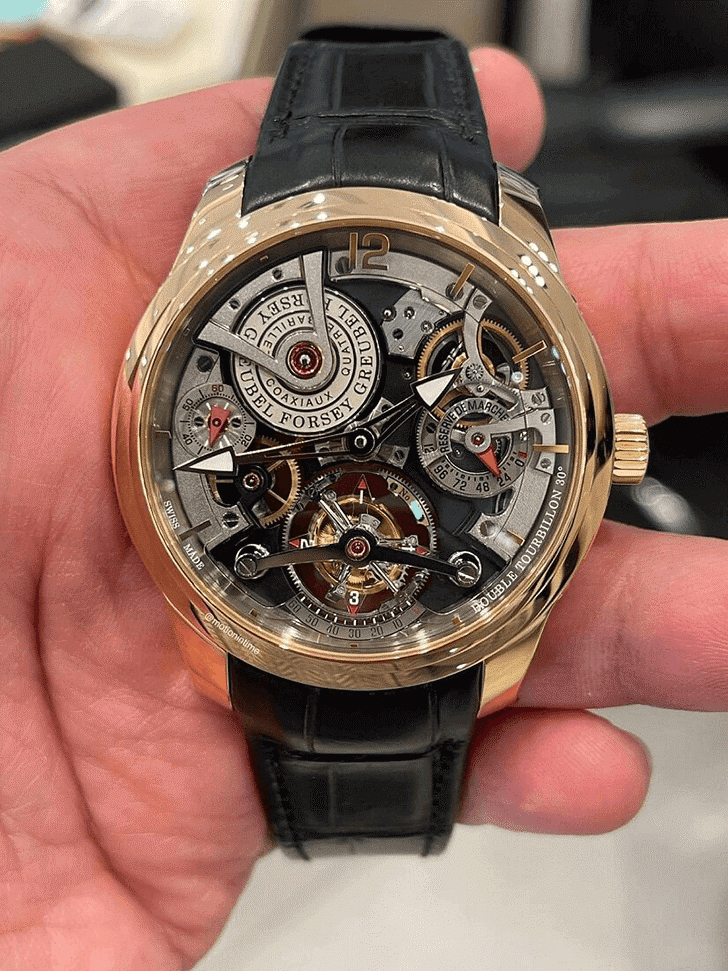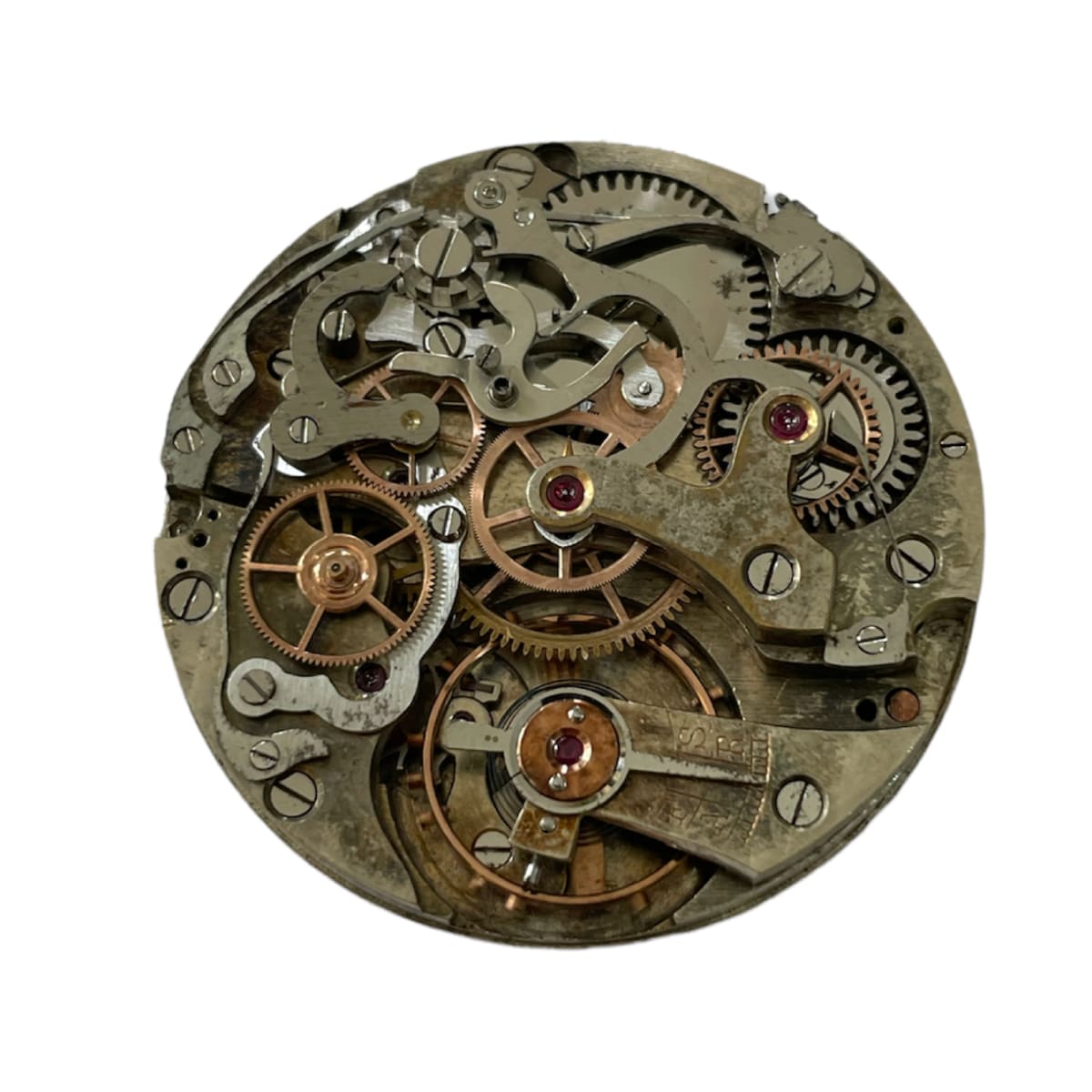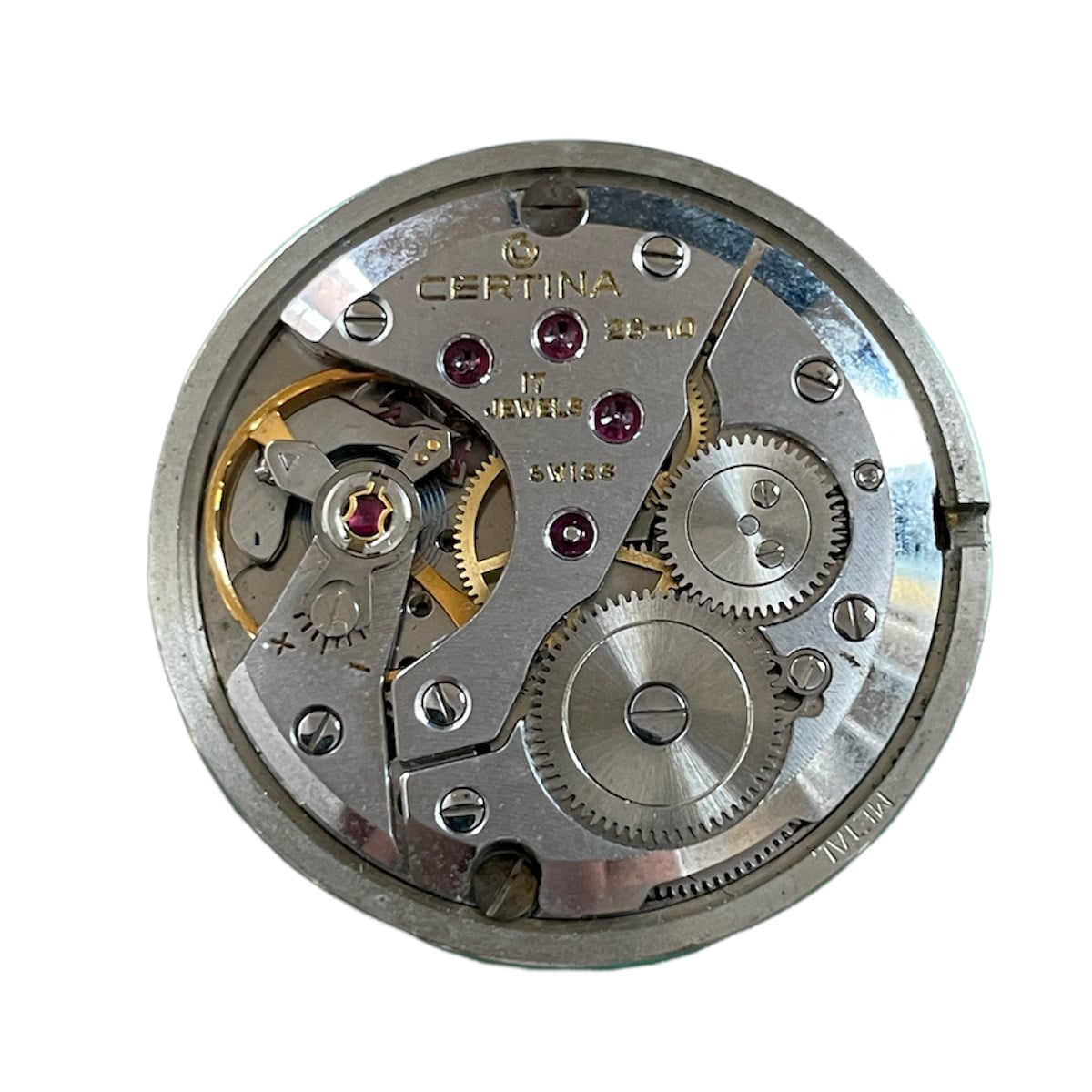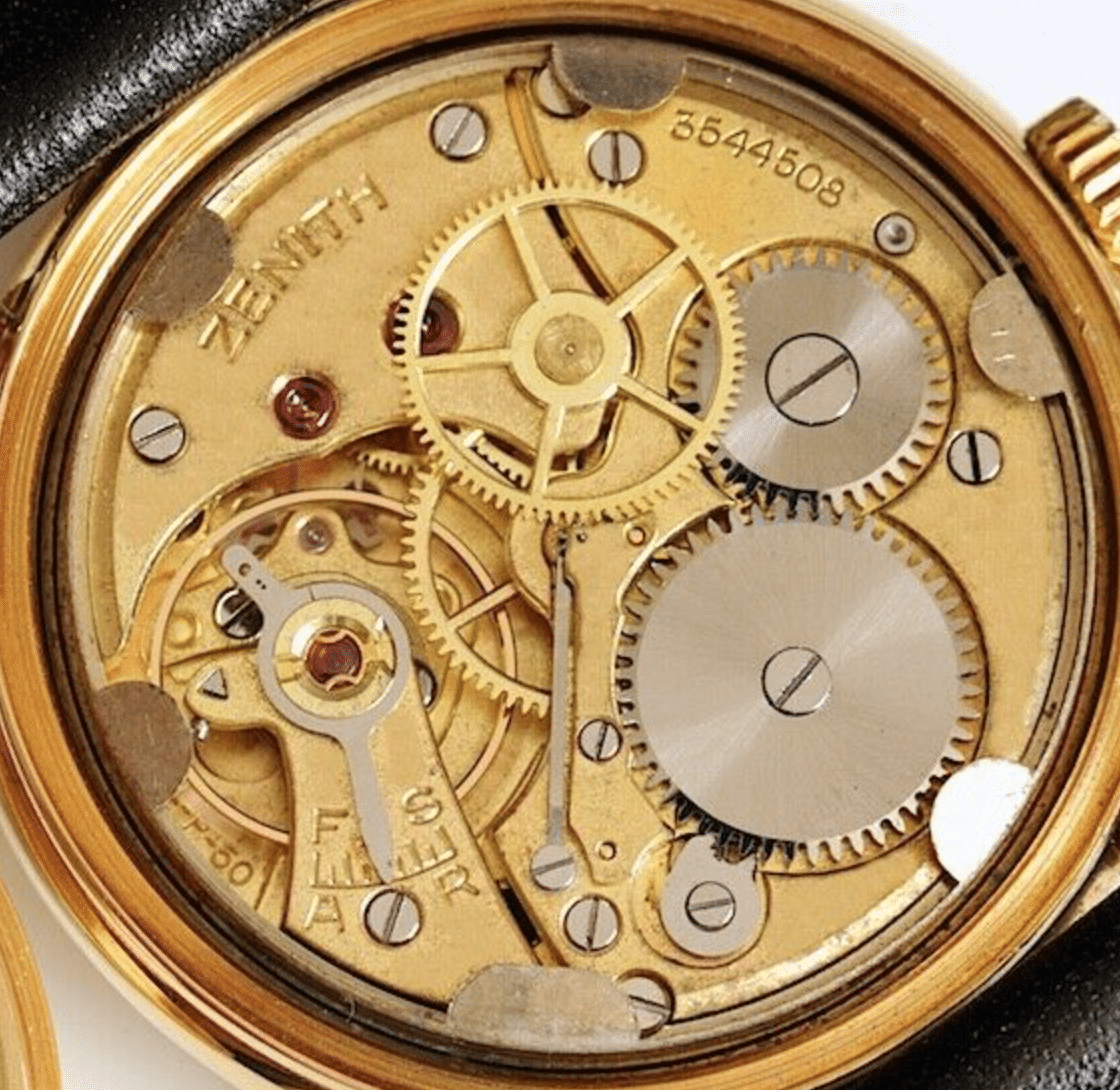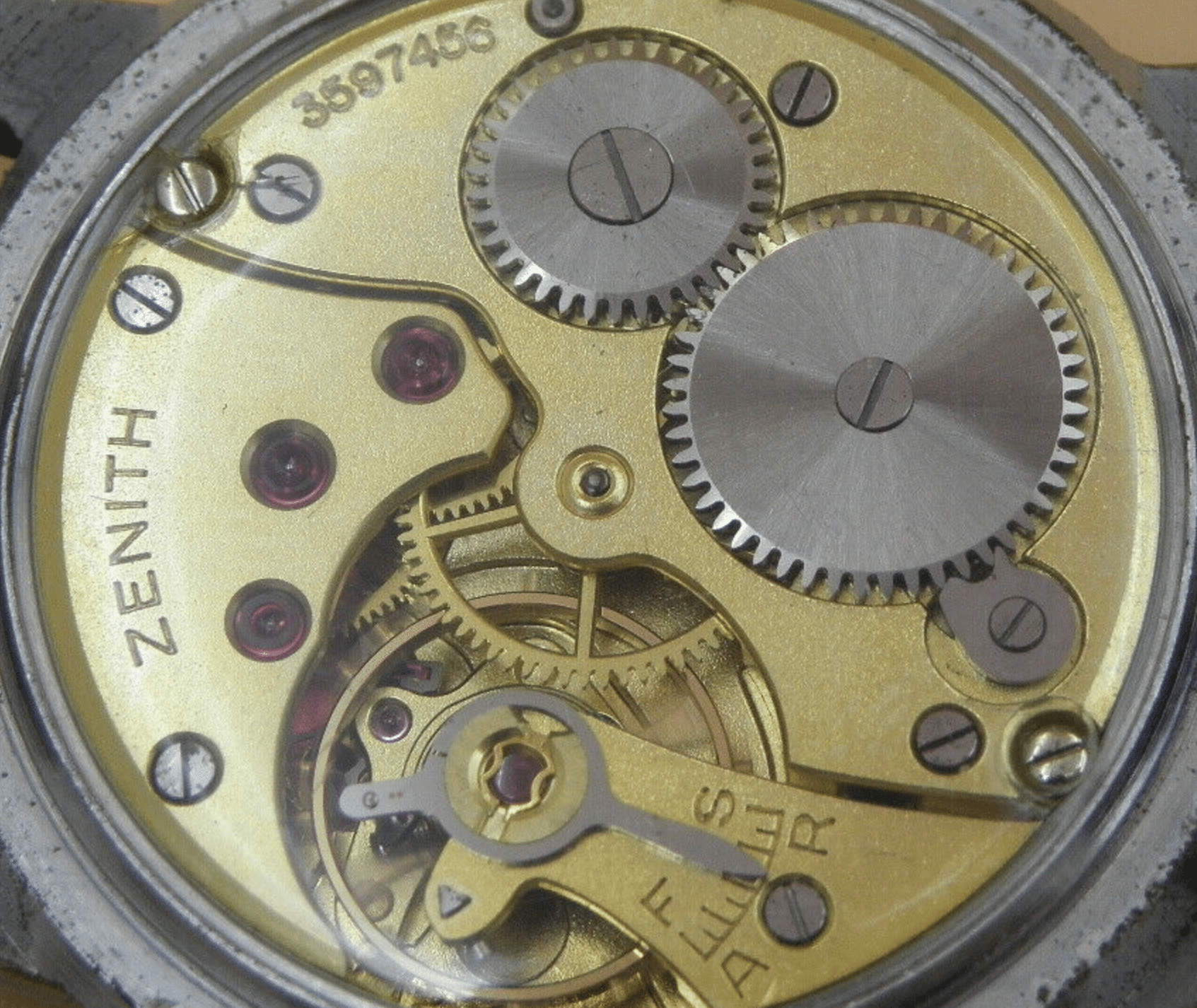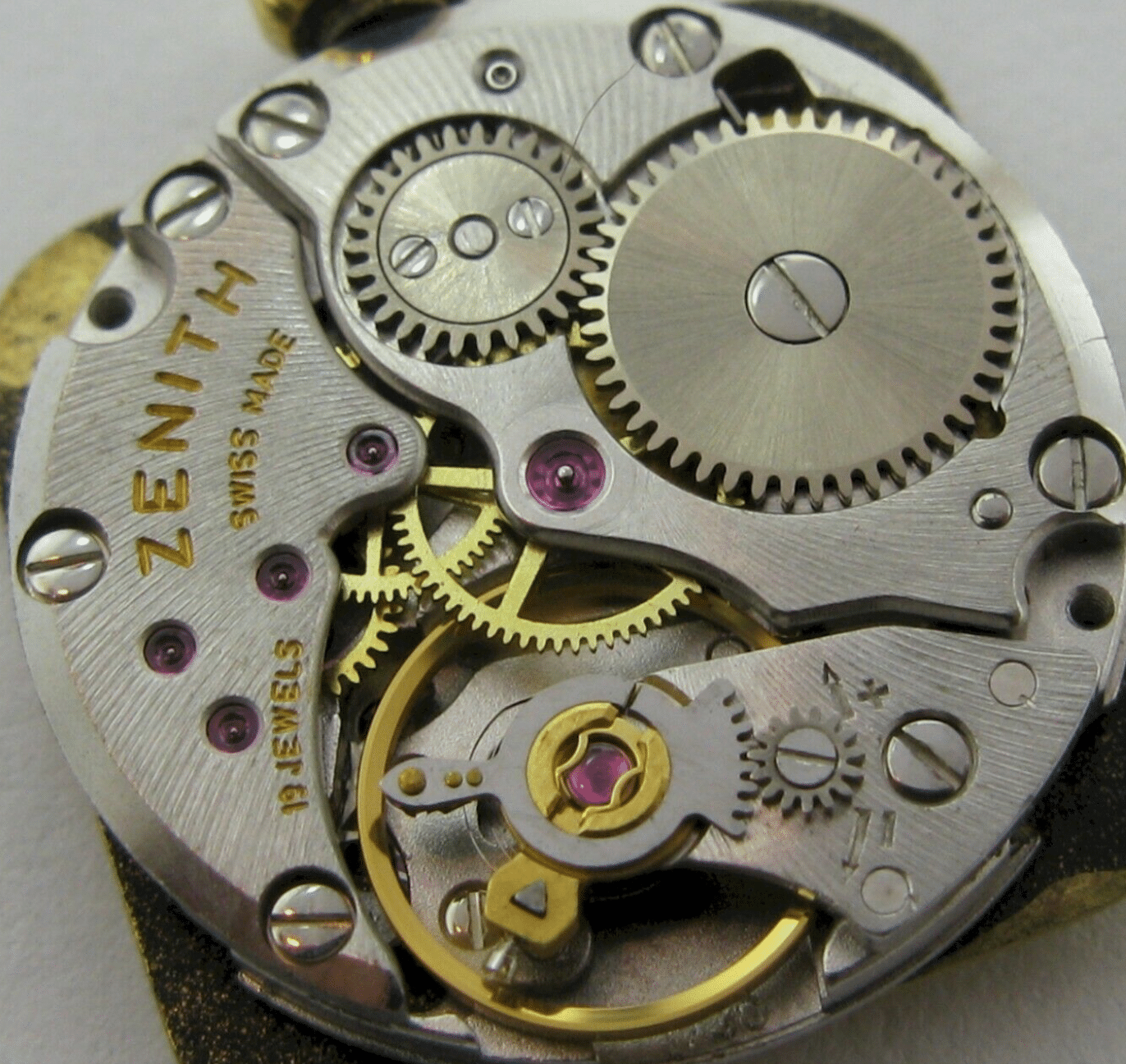The Celestial Chart/Sky Chart/Astrolabe
There is perhaps no greater natural wonder than experiencing the Earth’s movement through the dance of the stars, and so a complication designed to replicate this movement will need to be very special. The watch is such a small space in which to allow creativity to breathe, yet somehow the celestial chart and astrolabe defy this, and instead give the wearer a sense that the dial is merely a porthole through which the wearer can glimpse the universe.
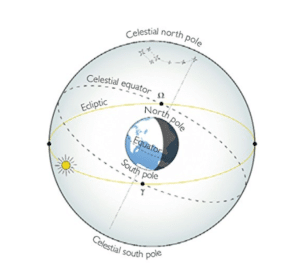
Celestial Chart/Sky Chart – Simply put, the chart gives its wearer a reading of the constellations that will appear in the night sky at a particular time and latitude. They are calibrated to one of the two hemispheres (northern and southern) as both will have opposing celestial poles (rotational axes) from their respective positions. As the sky chart is highly location-specific, they require tailoring to the location of the wearer, or alternatively might provide the chart of a particularly important location. The sky chart is presented through a “planisphere”, which is a large elliptical aperture, under which a larger rotating disc features key constellations of the night sky. The aperture is eccentric too, but overlaps with the axis of the disc beneath. To the observer, the night sky pivots on an invisible axis known as the celestial pole (the rotational axis of the Earth). The axis of the disc beneath represents the celestial pole and as such the degree of eccentricity that the aperture has in relation to it will be a reflection of the latitude that the chart is designed for. The chart might be labelled with the four cardinal points, with north and south inverted. This allows the wearer to face north, hold the chart above their head and have the correct bearings from this inverted view. Alternatively east and west might be inverted, requiring the wearer to face south for their star-gazing.Although they look the same, there are two types of sky chart complication. One will perform a single rotation every year and provide a depiction of the night sky at a fixed daily time. The other will perform a rotation once every sidereal day and therefore represents a real-time depiction of the sky. The former is an easier task , requiring the same reduction gearing as a month wheel. The latter is a more significant undertaking in that the disc will require far more complex gearing ratios to translate the regular train into a sidereal one. Both look stunning. One of the best examples of the latter is the Patek Philippe ref. 6102P Sky Moon. It features a blue sapphire crystal background with moon aperture, a moon disc beneath it, and a sapphire crystal disc with the constellations on one side and the Milky Way on the other. The elliptical is printed on the underside of the main crystal. These layers combine to provide depth and mystery to the complication. Aside from being stunning, it is also impressively accurate. The sky chart rotates once per sidereal day, the moon phase is accurate to one day in over 1,000 yearsm and the passage of the Moon across the sky runs a 24-hour and 50-minute cycle. The result is a real-time depiction of the night sky (from Geneva’s longitude) including the location and phase of the Moon. The crown at 2 o’clock manages the timekeeping and the winding, the crown at 4 o’clock manages the Moon and sky, and a pusher at 9 o’clock changes the date (as told by the centrally mounted moon-tipped hand).
